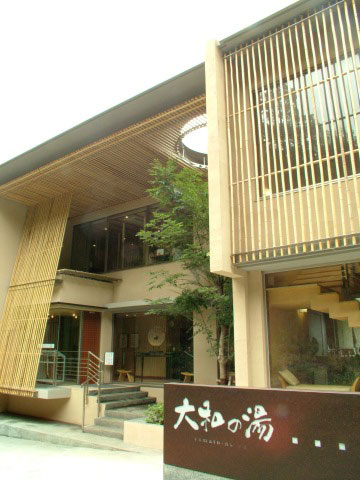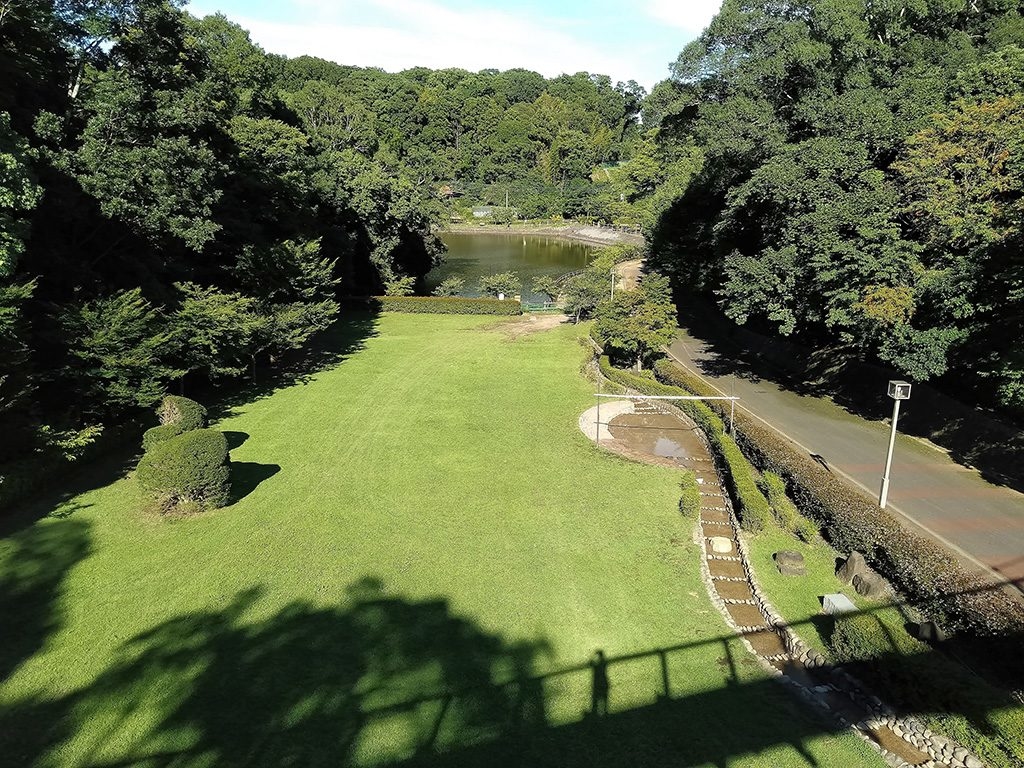
成田国際空港
成田国際空港は、年間利用客約4000万人と、アジア有数の国際拠点空港として存在感を示してきた日本の空の表玄関。第1・第2・第3の3つの旅客ターミナルがあり、多くのショップやレストランを備える。展望デッキからは、飛行機の発着を間近で見学することができる。
Info
Business Hours
Price
Spot Category

成田の命泉 大和の湯の外観

成田の命泉 大和の湯の露天風呂
The information provided reflects the details available at the time of the survey.
Please note that facility details may change due to the facility’s circumstances, so please check for the latest information before visiting.
This content has been translated using machine translation.
Information provided by: JTB Publishing
The content uses an automatic translation service, which is not always accurate.
The translated content may be different from the original meaning, so please understand and use it.

成田国際空港は、年間利用客約4000万人と、アジア有数の国際拠点空港として存在感を示してきた日本の空の表玄関。第1・第2・第3の3つの旅客ターミナルがあり、多くのショップやレストランを備える。展望デッキからは、飛行機の発着を間近で見学することができる。

成田市街の北西、印旛沼にも程近い位置にある総合公園。江戸時代に灌漑用として造られた坂田ケ池を取り囲んだ、自然と水に親しめる市民の憩いの場だ。約17万2000平方mの広大な園内では、坂田ケ池での釣りをはじめ、春には芝生広場での桜の花見、花のテラスや水生・湿生植物園での花の鑑賞、野鳥観察所からのバードウォッチングなどが楽しめる。日帰り利用ができるキャンプ場や人気のローラーすべり台などの遊具がある森の遊び場も家族連れに好評。夏は吊り橋「龍の道」の下にある「龍の泉」と水路で水遊びもできる。

成田山新勝寺参詣のみやげ物店として定着している、明治32年(1899)創業の和菓子店・なごみの米屋總本店の敷地内にある資料館。羊羹製造に使った昔の道具類やポスター、羊羹の歴史までを展示。1階コーナーの企画展は年2回入替えを実施。また同敷地内には、成田山のご本尊・お不動様が一時ご遷座されたお不動様旧跡庭園がある。こちらも自由に散策可能。復元された不動の大井戸、平成水守り不動尊などがある。

On the occasion of the Ojō Kōki, who was appointed as the lord of Osugasō, Shimousa Province, he was invited by Shinano Suwa Taisha Shrine as the god of the lord of the territory. He has since been revered as the god of industrial development, the god of wisdom, and in recent years as the god of advanced learning. The present main shrine is of the 1853 (Kaei 6) construction, and the annual festival "Sawara no Taisai (Autumn Festival)", which takes place in October every year, is designated as a national important intangible folk cultural property.

The temple of the Tendai sect, known as Narikiri (Namikiri), is a temple of the Tendai sect that collects the thick faith of the fishing people for great fishing prayers and sea protection. The main priest, Fudō Myōō, was reportedly picked up from the sea by the wives of the fishermen of the land during the middle Kamakura period and laid them here to rest. The thatched-roofed Fudō, which houses Fudō Myo, is designated as a national important cultural property, and is presumed to have been erected during the Muromachi period.

Western-style Mie-bashi, a masonry method, on the lower Nagao River at Takiguchi, Shirahama. Because there are three arches, it is not really glasses, but it has come to be called a glasses bridge from the appearance of moving to the river. The bridge was built in Meiji 21 (1888) with a donation of 399 yen and 40 yen from the villagers. He said he had walked across the river before the construction. It is a sturdy bridge that, in wartime, tanks passed through it without being broken by the Great Kanto Earthquake. Repair work was carried out in 1977 and 1993, and the figure remains at the time of construction. Prefectural Designated Tangible Cultural Property. Japan's Meihashi Hyakusyo.
This website uses cookies so that we can provide you with the best user experience possible. Cookie information is stored in your browser and performs functions such as recognising you when you return to our website and helping our team to understand which sections of the website you find most interesting and useful.
Strictly Necessary Cookie should be enabled at all times so that we can save your preferences for cookie settings.
If you disable this cookie, we will not be able to save your preferences. This means that every time you visit this website you will need to enable or disable cookies again.
